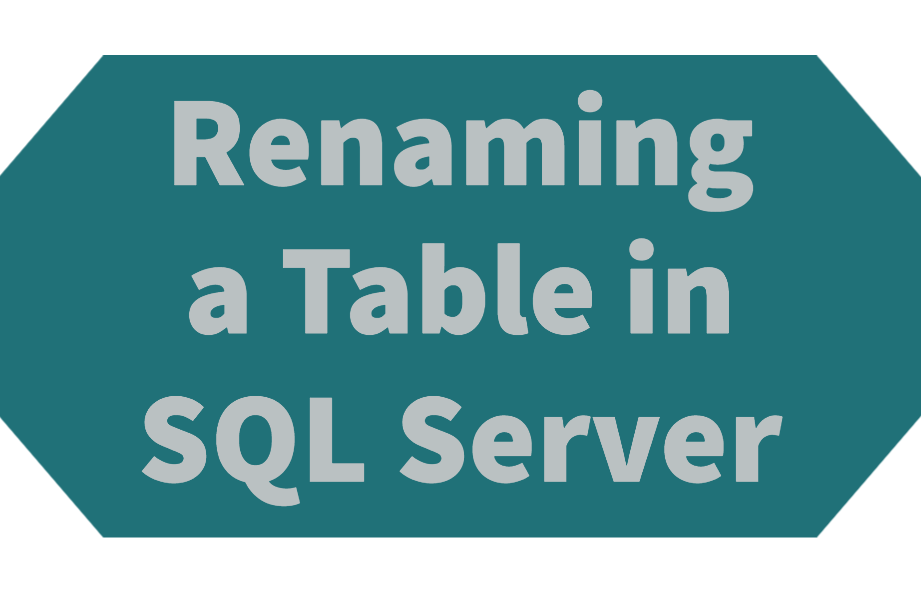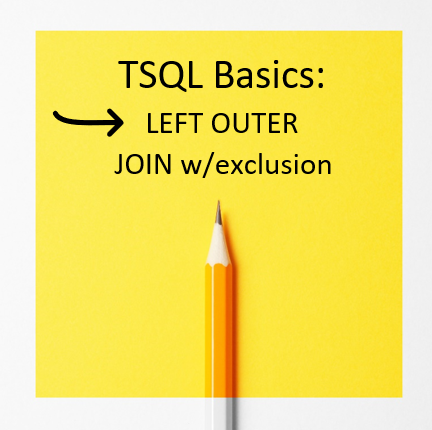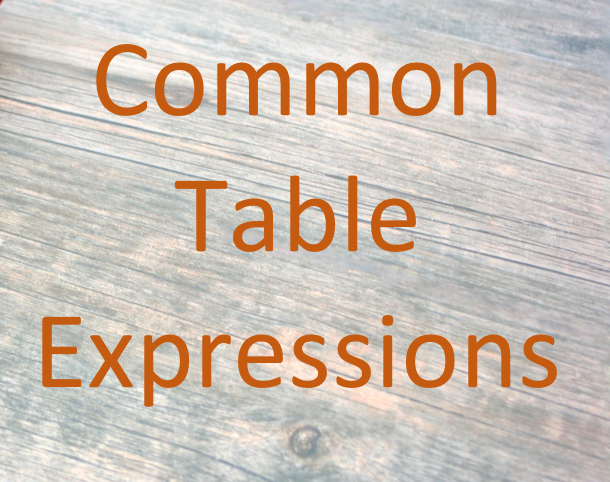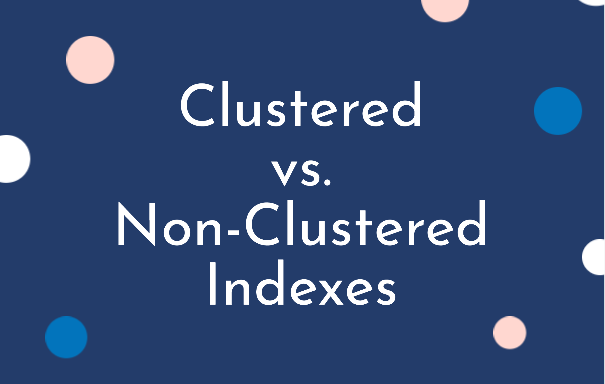Common Waits Reported by Daily Monitoring This Month
Each month we report on the most common waits that we see reported by our daily monitoring customers. All the data is sanitized, so there is no private client information to expose here. For this month, here are the details. PREEMPTIVE_OS_PIPEOPS CXPACKET OLEDB LCK_M_IS ASYNC_NETWORK_IO XE_LIVE_TARGET_TVF SP_SERVER_DIAGNOSTICS_SLEEP LCK_M_SCH_M LCK_M_IX LCK_M_SCH_S Our daily monitoring product scans your SQL Server hourly and …
Common Waits Reported by Daily Monitoring This Month Read more »









